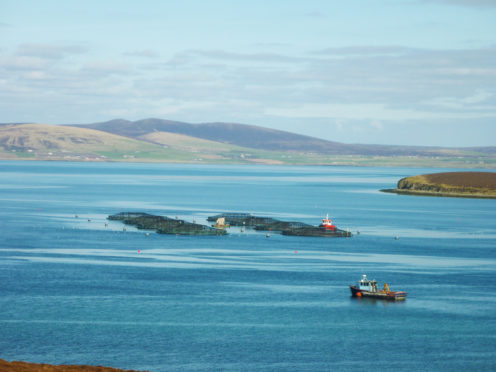CREDIT WINA
A human bone has been unearthed by archaeologists on Orkney.
Time detectives digging at the Ness of Brodgar Nolithic site have found an arm bone, which should help experts understand more about the people who lived there 5,000 years ago.
Scientists are particularly intrigued because it seems to have been deliberately placed under a wall.
It is also unusual because not many human remains have been found on the site.
The remains were found in what is called structure 10, a "temple-like" building.
Dr Jo McKenzie from the University of Bradford, said that it seems to have been rebuilt, possibly multiple times, in pre-history.
Three years ago, archaeologists found another human arm bone – and like this latest find, it too seemed to have been carefully placed in the foundations of a wall.
Site director Nick Card said the bone – which is between eight and nine inches long – seems to be from the lower arm, possibly of a young woman.
"We're in the process of fully recording it, creating 3D models of it, doing lots of photography, in between reporting it to Police Scotland. It's human remains, so despite the fact that it's probably about 5,000 years old the police always want to find out about these things," he said.
It is possible the bone was some kind of offering or dedication as part of the rebuilding works.
It is hoped that analysing the bone will reveal more details about the woman – her height and age, health at the time she died, and even her diet.
And DNA testing should confirm if the two arm bones found a few years apart came from the same person.
